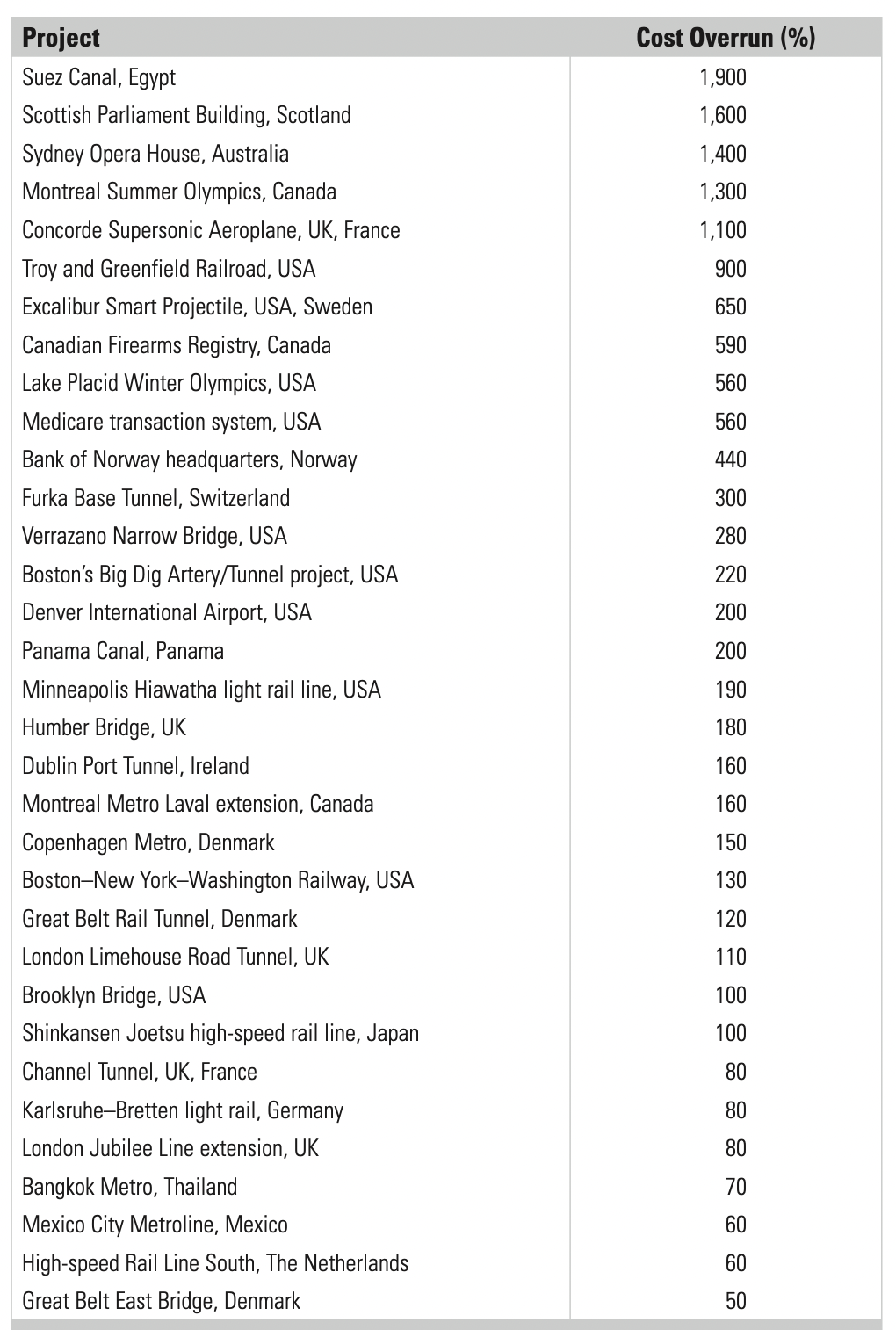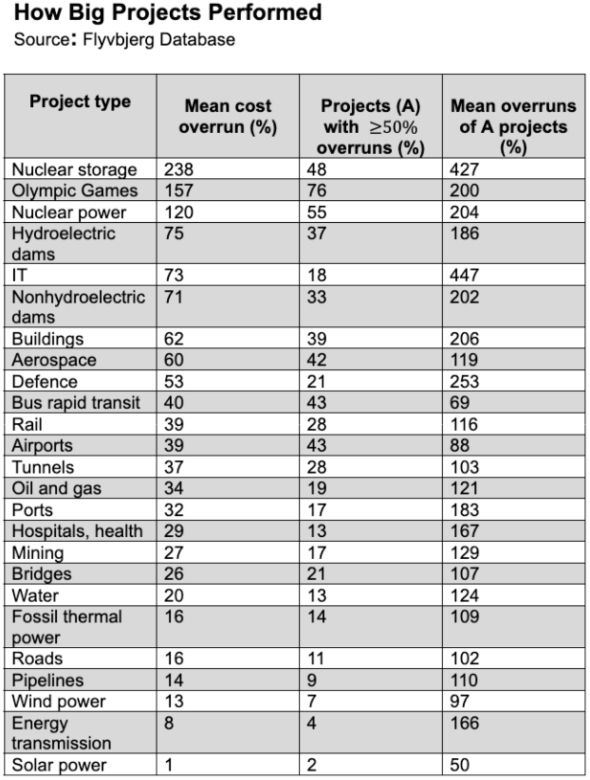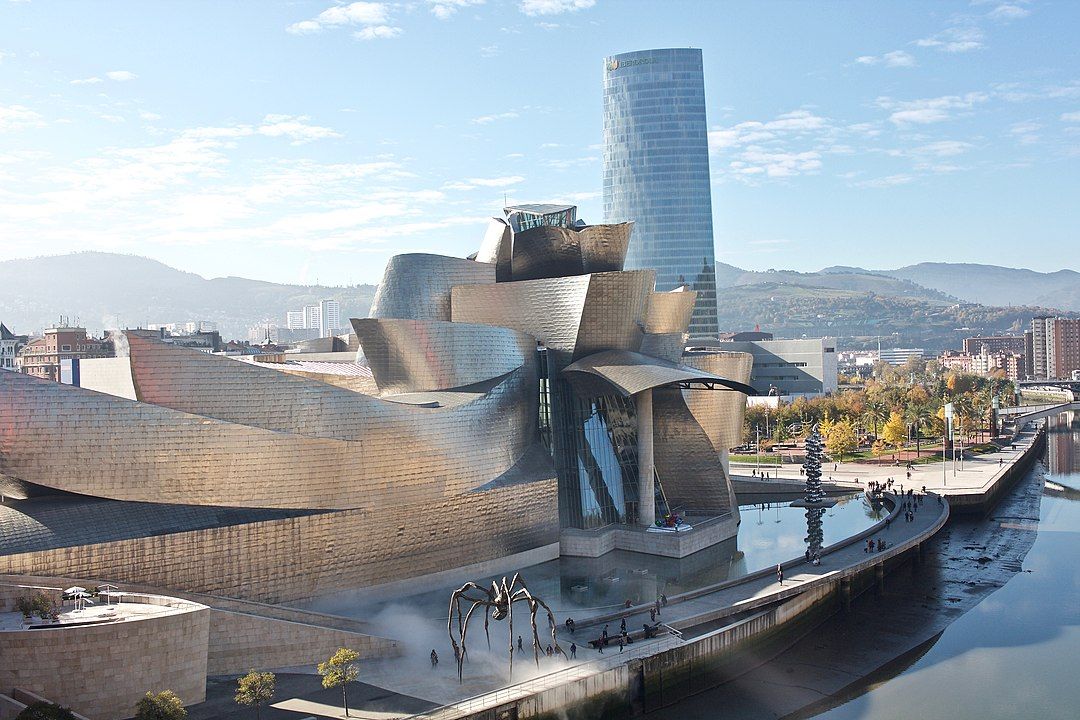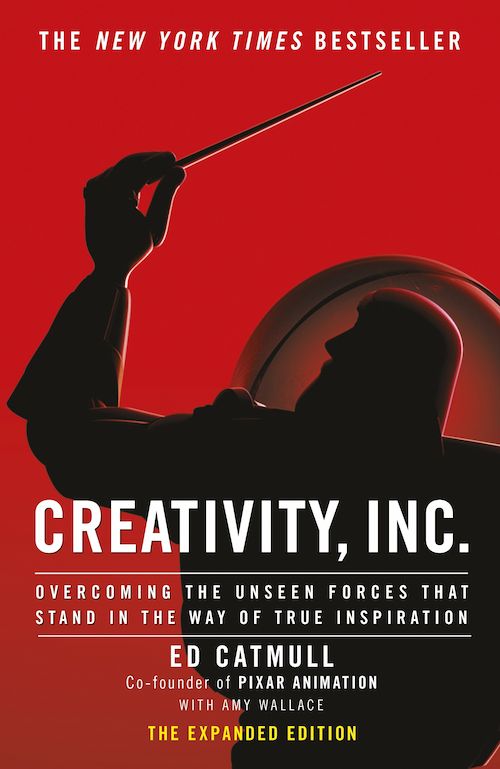
💡 Optimist's Edge: How large projects are completed on time and budget (learn from Pixar)
A mere 0.5 percent of all major projects are completed as planned and within budget. Have the pessimists FINALLY found something they're right about? One might think so, but...
Share this story!
📈 What people think
There's a lot of pessimism around major projects. They're never on time and always exceed the budget.

This pessimism is often targeted. Why can't the USA/UK/Sweden/South Africa build on time and within budget?

📈 Here are the facts
Usually, pessimists are the ones who are naive and mistaken, but have they found a niche here where their negativity is justified?
From the world's largest database for major projects, the following can be discerned:
- 91.5 percent of projects go over budget, take longer than planned, or both.
- 99.5 percent of projects exceed their budget, take longer, don't achieve expected benefits, or a combination thereof.
So, a mere 0.5 percent of all major projects are completed according to plan, or better.
There are numerous examples of failures
Sydney's Opera House is an iconic building, but not just it's appearance. Its budget was exceeded by 1400 percent.

Yet, the opera house only ranks third on the list, following the Suez Canal and the Scottish Parliament.

It's not just construction projects that overrun. Fifth on the list of projects with the highest risk of exceeding budgets are IT projects.

Does it have to be this way?
No.
Another iconic building, the Guggenheim Bilbao, was completed on time and cost three percent less than budgeted.

It wasn't luck, it was skill. Because there is a method to significantly increase the chances of large projects being completed on time and within budget.
The man who created the database for major projects - Professor Bent Flyvbjerg - has studied both failures and successes. From this, he has devised a method.
💡 Optimist's Edge
💡 With the method Think slow, act fast, it's possible to build more and bigger, on time and on budget.
Many major projects never see the light of day because there's a fear of costly and delayed failures. Politicians, business leaders, and heads of major organizations are hesitant to take the risk.
Those who realize that it's possible to build big projects on schedule and within budget have an edge.

👇 Here's how you get the Optimist's Edge
In the book How Big Things Get Done, Danish Oxford professor, Bent Flyvbjerg, explains why large (and small) projects often fail and what can be done about it.
At its core is his motto, Think slow, act fast (inspired by Daniel Kahneman's "Thinking, Fast and Slow").

An example he provides in the book is Pixar, one of the world's most successful film companies. Their movies undergo a lengthy scriptwriting process (think) before animation begins (act).
- One or two people have the primary responsibility for the script. They create a story with some accompanying visuals.
- This is then presented to a group - The Pixar Braintrust - who provide feedback.
- The writers then revise the script and return to the group.

The process is repeated several times before film production starts. No film ever gets an immediate green light. Feedback is always given, and the final product often significantly differs from the initial presentation.
More about Pixar and their creative process can be found in Ed Catmull's book, "Creativity Inc."

Solar energy projects rarely go over
Looking at the list of failed projects, but from the bottom this time, you'll find the projects with the least risk of overrun. There you have solar and wind energy. The risk of a solar project exceeding its timeline, budget, or both is just one percent.
The reason? Modularity.
If you can start your project with one building block, then add another identical one, and another, and so on until the project is complete, the risk of surprises along the way decreases since you're doing the same thing repeatedly.
Thus, a solar cell becomes a solar panel, which becomes a group of solar panels, and eventually, a solar park.

Nuclear power plants often overrun, but there's hope
Looking again at the top of the list, we see nuclear power in third place. New nuclear power plants are often delayed and over budget. However, a development that might reduce this risk is Small Modular Reactors, or SMRs.
A significant portion of the final product will be mass-produced in factories. Modularly.
Mathias Sundin
The Angry Optimist
Naturally, a successful project entails many more components. Hence, I highly recommend the book How Big Things Get Done for a deeper understanding of undertaking big projects on time and on budget.
By becoming a premium supporter, you help in the creation and sharing of fact-based optimistic news all over the world.


